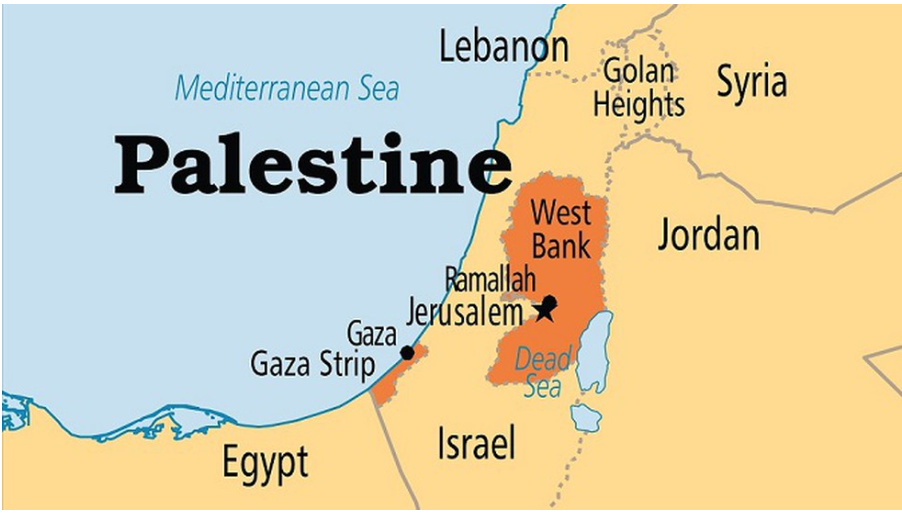Phased Ceasefire in Gaza: Prisoner Swaps, Military Withdrawals, and Fragile Progress Toward Stability
(Source – Indian Express, Section – Explained – Page No. – 14)
| Context |
|
Analysis of the news:
Phased Ceasefire and Exchange of Detainees
- In the first 42-day phase, Hamas will release 33 hostages, while Israel will free 900-1,650 Palestinian detainees, including those detained post-October 7, 2023.
- This phase sets the groundwork for eventual Israeli withdrawal from Gaza, including critical areas like the Netzarim and Philadelphi Corridors, contingent on subsequent negotiations.
- The phased structure aims to build trust while addressing humanitarian concerns.
Geopolitical and Domestic Shifts Enabling the Deal
- Key changes in Israel’s political landscape, such as Gideon Sa’ar joining Netanyahu’s coalition, diluted the influence of far-right figures.
- International pressure, particularly from the U.S. under Biden and President-elect Trump, further propelled the ceasefire.
- Netanyahu’s strategic considerations for leveraging U.S. relations during Trump’s second term also influenced his decision to accept the agreement.
Key Terms and Implications
- Withdrawal from the Philadelphi Corridor:

Israel’s commitment to vacate this critical buffer zone by the end of phase one addresses long-standing Egyptian and Hamas demands.
- However, Israeli officials remain cautious, leaving room for renegotiation based on security concerns.
- Prisoner Exchange Dynamics:
Israel’s history of high-stakes prisoner swaps resurfaces, with at least 250 life-sentenced detainees set for release. This concession risks political backlash, challenging Israel’s 2014 law limiting such exchanges.
Implications for Hamas and Israel
- Hamas:
The ceasefire offers Hamas breathing space to regroup, rebuild its resources, and maintain its influence in Gaza. Its evolving tactics and local command strength highlight resilience, despite leadership losses.- Hamas appears to be positioning itself for a permanent role in Gaza’s governance, emulating Hezbollah’s integration into Lebanon’s post-war framework.
- Israel:
Despite military successes against Hamas and Hezbollah, Israel’s core objective of eradicating Hamas from Gaza remains unmet. While the deal secures the release of hostages, Netanyahu risks domestic criticism for perceived concessions, potentially weakening his far-right support.
Conclusion: A Complex Road Ahead
- The ceasefire reflects a temporary pause in violence and opens pathways for broader negotiations, including reconstruction and governance in Gaza.
- However, unresolved security and political challenges highlight the fragility of this agreement, leaving the region’s long-term stability uncertain.
| About Gaza Strip |

|
| Practice Question: Discuss the implications of the recent phased ceasefire agreement in Gaza for regional stability. (150 Words /10 marks) |
For more such UPSC related Current Affairs, Check Out US Sanctions on Russia’s Oil Trade Pose Challenges for India Amid Shifting Global Dynamics
